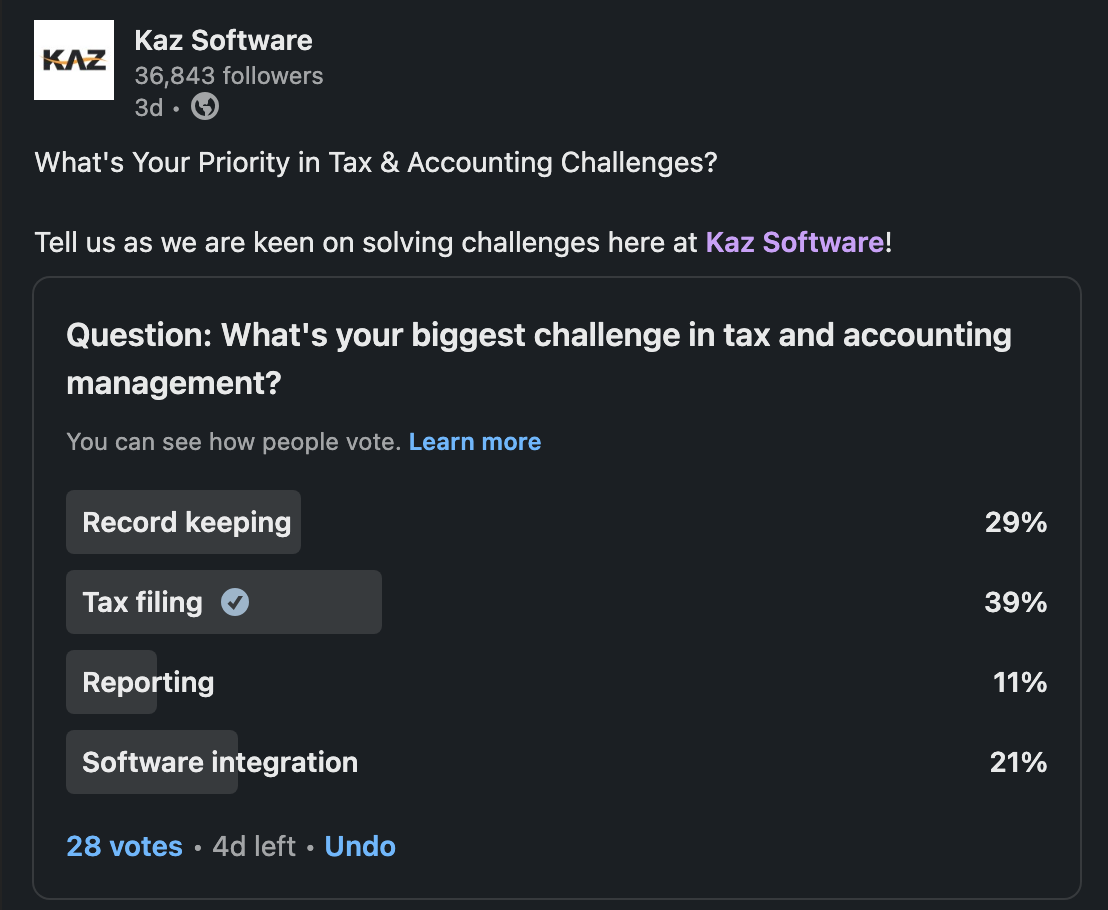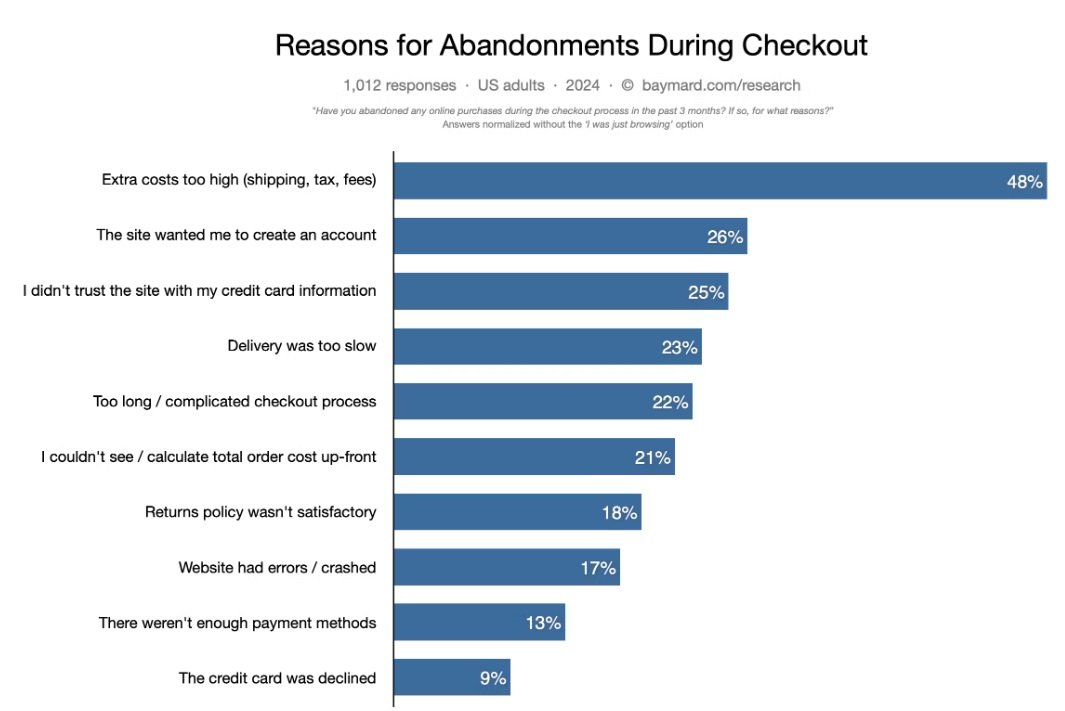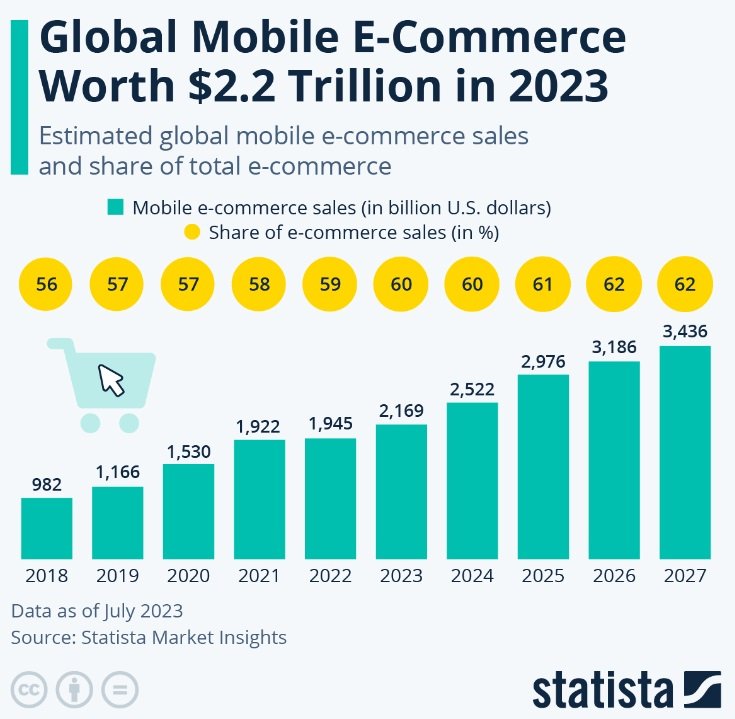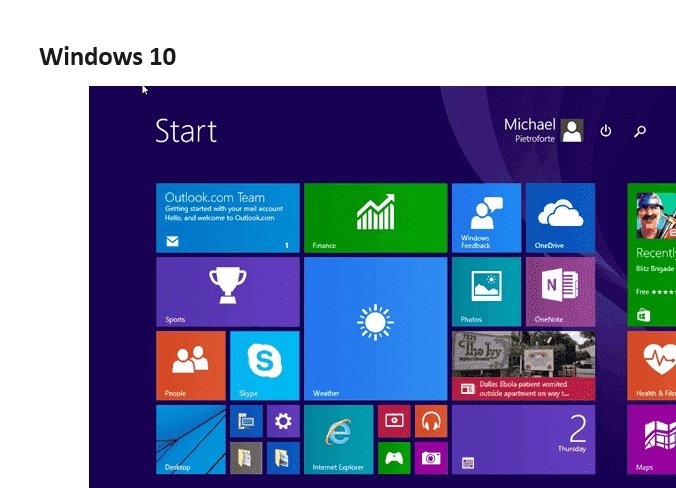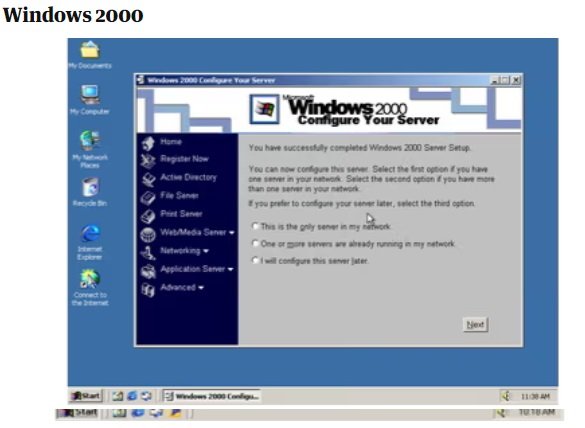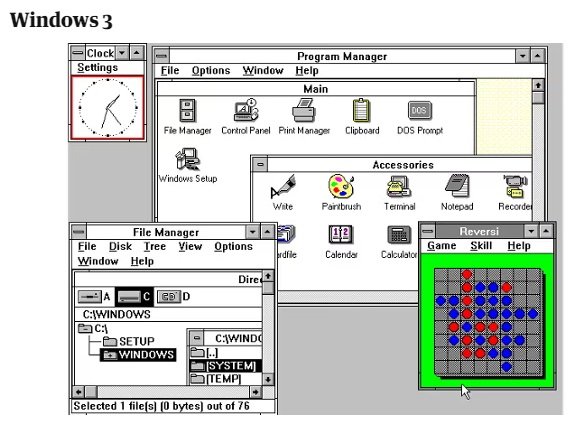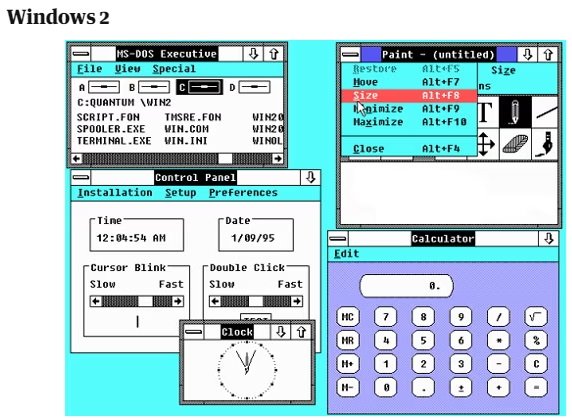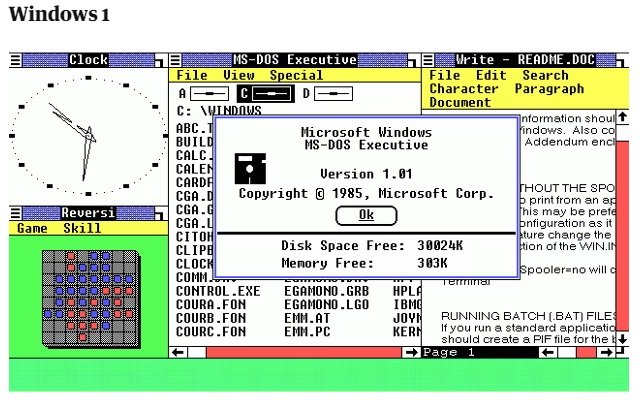Revolutionizing E-commerce: How Hatil Transformed Their Online Presence with Kaz Software
/An effective e-commerce platform is crucial for businesses to thrive and stay competitive. For HATIL, Bangladesh's leading furniture manufacturer, their online journey was fraught with challenges. Slow website performance, clunky interfaces, and scalability issues were hindering their growth and impacting customer satisfaction. They sought a solution that would revolutionize their e-commerce experience.
Enter Kaz Software, a trusted name in software development known for its innovative solutions and client-centric approach. Hatil recognized the need for a strategic partner who could not only address their immediate issues but also align with their long-term goals. What ensued was a collaboration that would transform Hatil's online presence and set new standards for e-commerce excellence.
Identifying the Challenges
Hatil's existing e-commerce platform was plagued by several pain points:
1. Slow loading times and a clunky interface.
2. Inability to handle increasing traffic volumes.
3. Usability issues in the payment process leading to high cart abandonment rates.
4. Lack of seamless integration with their back-end ERP system.
Crafting a Tailored Solution
Kaz Software embarked on a journey of discovery, engaging with Hatil's stakeholders from factory managers to sales agents and the CEO. Through detailed requirement analysis sessions, they gained valuable insights into Hatil's needs and priorities. Armed with this knowledge, Kaz Software's design team crafted detailed mockups, envisioning a future website that prioritized ease of navigation, enhanced user experience, and seamless integration with Hatil's ERP system.
Execution and Implementation
With a clear roadmap in place, Kaz Software's software developers took the reins, building the new e-commerce platform in phased iterations. Crucially, they solicited feedback from Hatil stakeholders at every stage, ensuring that the final product would truly align with the company's vision and requirements. Rigorous quality assurance testing was conducted to iron out any glitches, ensuring a smooth and seamless user experience.
Embracing Innovation
The revamped e-commerce platform wasn't just about addressing existing challenges; it was about embracing innovation and future-proofing Hatil's online presence. By deploying the solution on scalable cloud infrastructure provided by Amazon AWS, Kaz Software ensured that Hatil's website could handle millions of users without sacrificing performance. Additionally, the integration with Hatil's ERP system meant that product databases and inventory were always up-to-date and easily manageable.
Reaping the Rewards
The results of Hatil's collaboration with Kaz Software speak for themselves:
1. Lightning-fast website performance and responsiveness across all devices.
2. Seamless integration with the ERP system, streamlining operations and enhancing efficiency.
3. Significantly reduced cart abandonment rates, leading to increased conversions and revenue.
4. Enhanced customer satisfaction and engagement, laying the foundation for future growth and innovation.
You can visit their site yourself to see the results yourself
Here’s a short video about our experience in working in this project.
Looking Ahead
As Hatil continues to evolve and innovate, they are already exploring new opportunities to enhance their online presence. Collaborating with Kaz Software, they are developing more interactive tools for customers, including virtual reality experiences that allow them to visualize furniture in their own homes.
Hatil's partnership with Kaz Software exemplifies the power of collaboration and innovation in transforming businesses for the digital age. By leveraging cutting-edge technology and a customer-centric approach, Hatil has not only overcome their e-commerce challenges but has also emerged stronger and more resilient than ever before.




